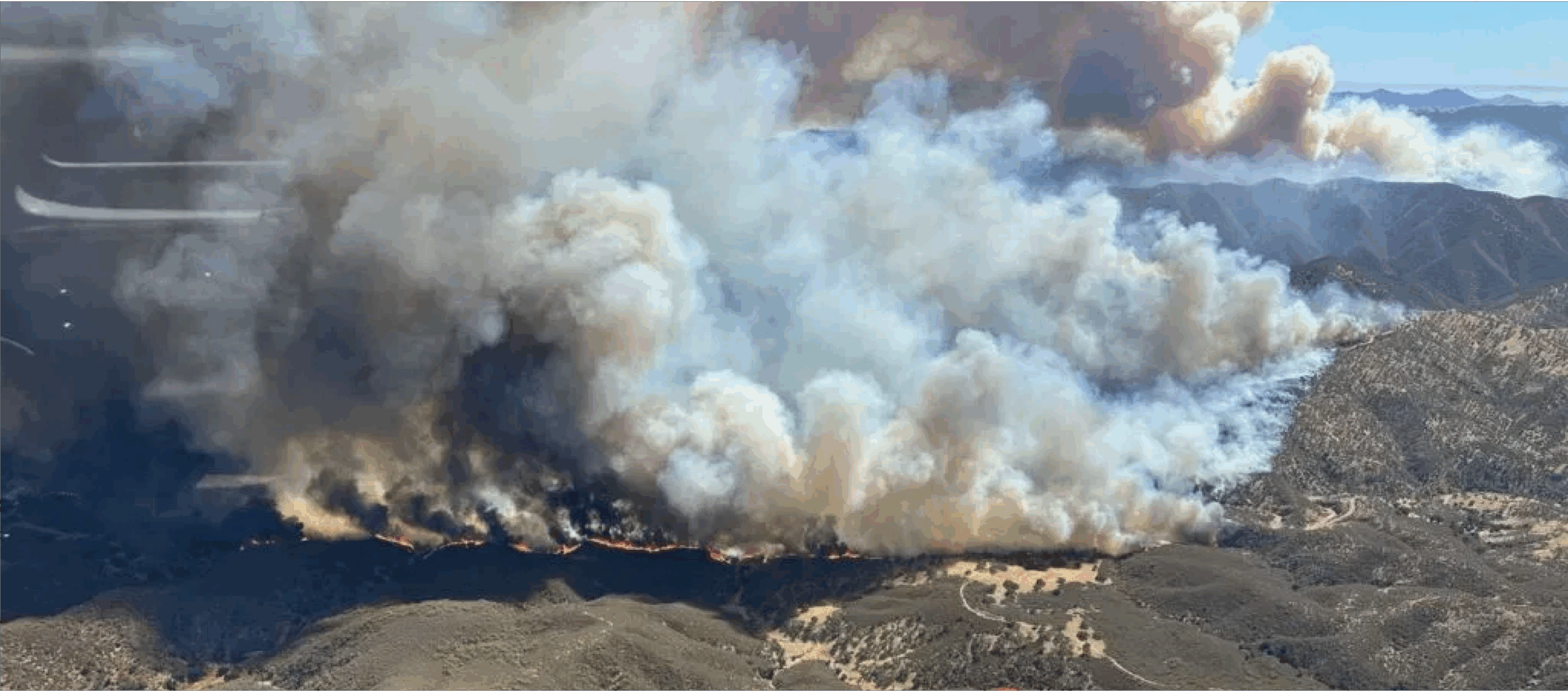
Gifford Fire Deployment — CA (Task Force Ops)
Deployed on a BMFPD Type 6 as part of a task force. WUI structure prep/defense, cold-trailing and mop-up, pump ops and water shuttle on dozer lines, property prep. 16-hour shifts, base-camp living, and coastal wind shifts required constant pivots across divisions.
Incident snapshot
The Gifford Fire started Aug 1, 2025. We arrived the morning of Aug 2 as early resources. By Aug 10 it was ~114,600 acres and ~21% contained, burning along Hwy 166 across Santa Barbara & San Luis Obispo counties. Unified ops: CIIMT with LPF, SBC Fire, CAL FIRE, Sheriff. When I demobbed, base supported ~3,000 firefighters.
My assignment
Worked EMT fireline and FFT2 on a Type 6 within a task force. Tasks included:
WUI structure prep/defense: triage, clear/retrofit, pre-plumb/charge.
Dozer-line support: cold-trail and mop-up to depth; keep lines wet.
Water shuttle: tender support to keep engines pumping.
Property prep: tighten perimeters ahead of afternoon winds.
[Laurie's crow] was great to work with on the Gifford fire and during STF prepo-Support while I served in the TFLD (t) roll for [Task Force). They were professional, dependable, self-sufficient & prompt. On the fire-line they axhibited good awareness, risk management, decision making and tactics. They played a key roll helping to catch a lightning fire on the Stanislaus as well as a slop on the Gifford Fire. I'd be glad to work with Collin, Scott, Laurie & Phanuel again.
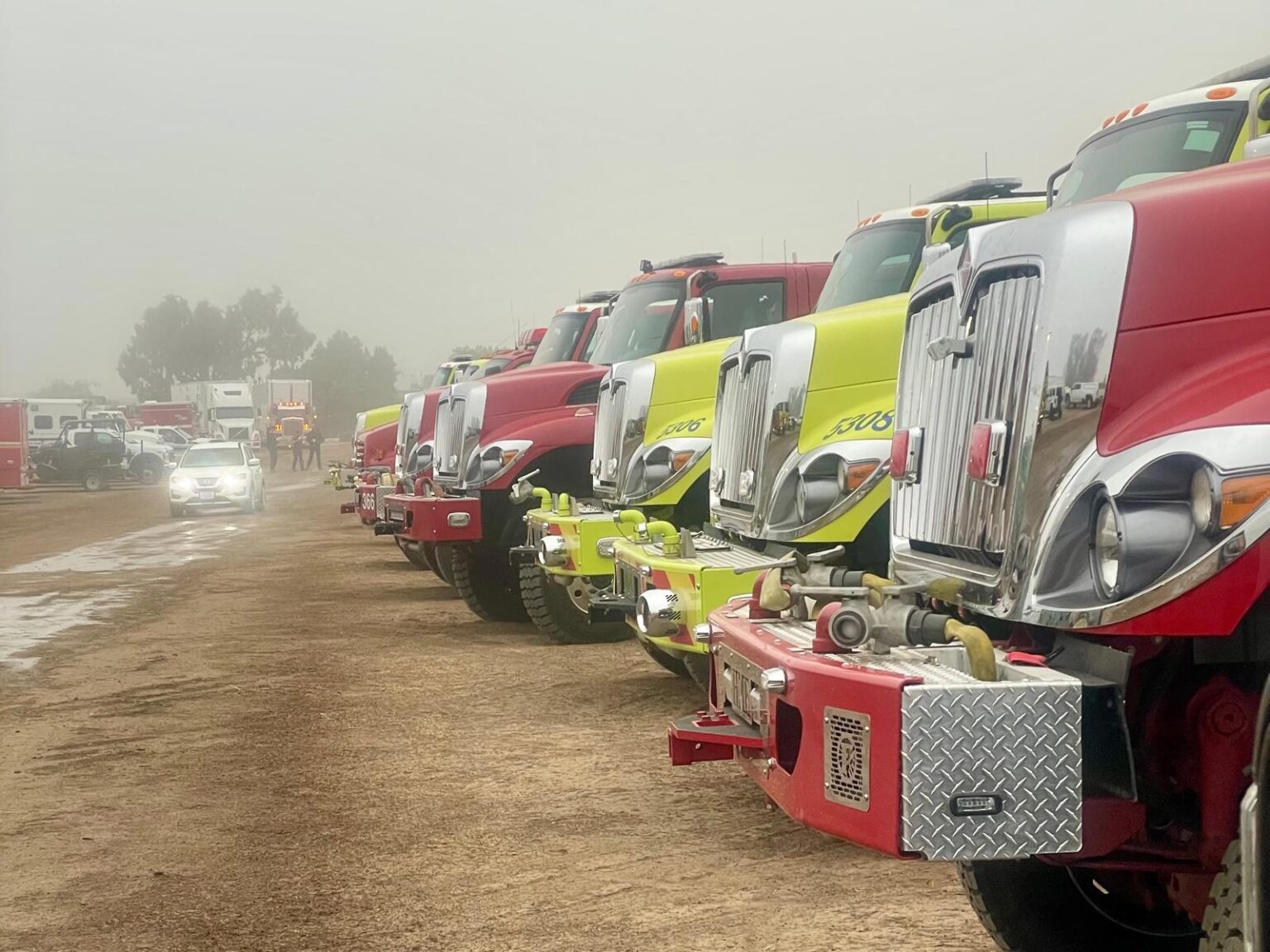
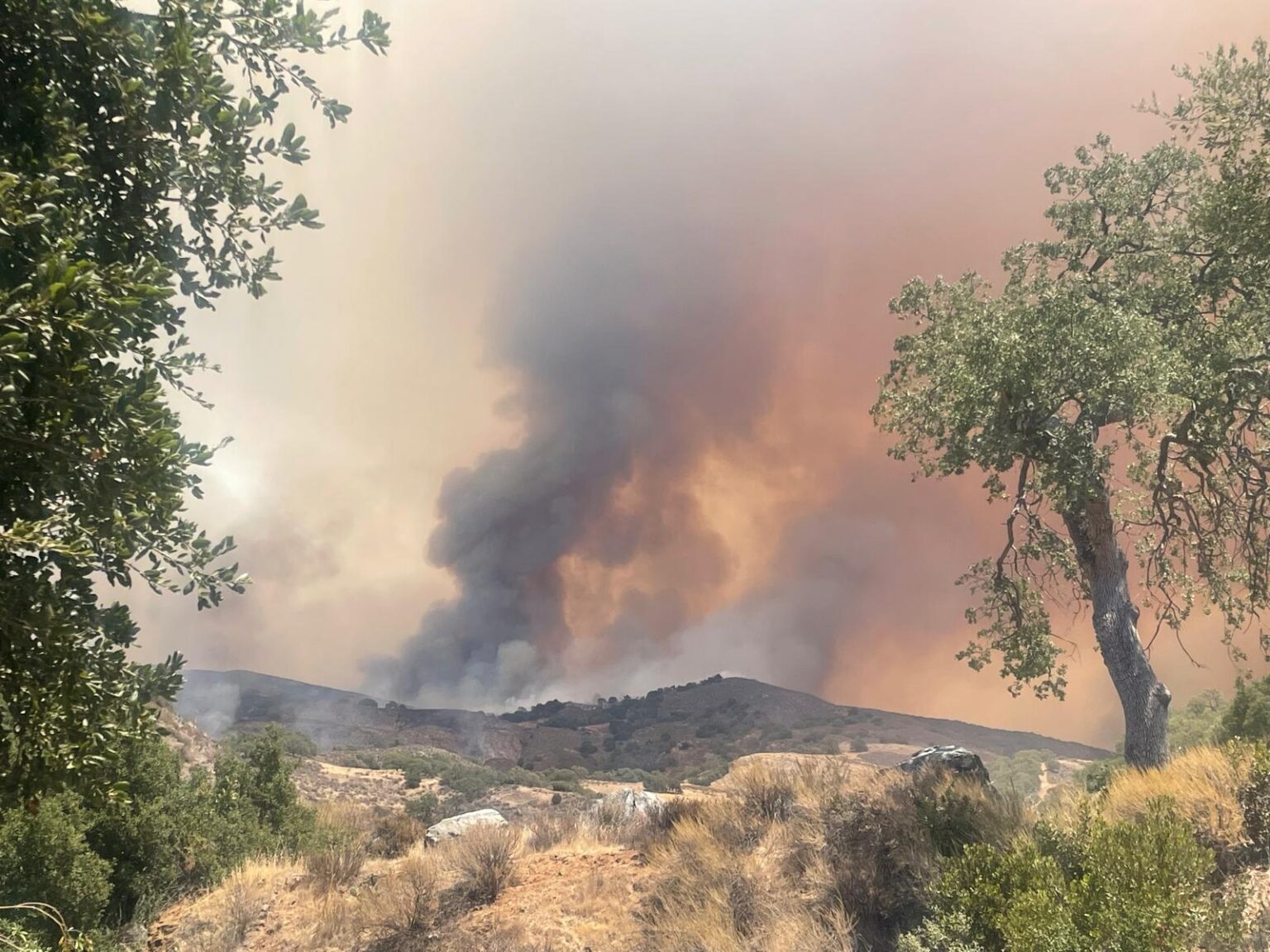
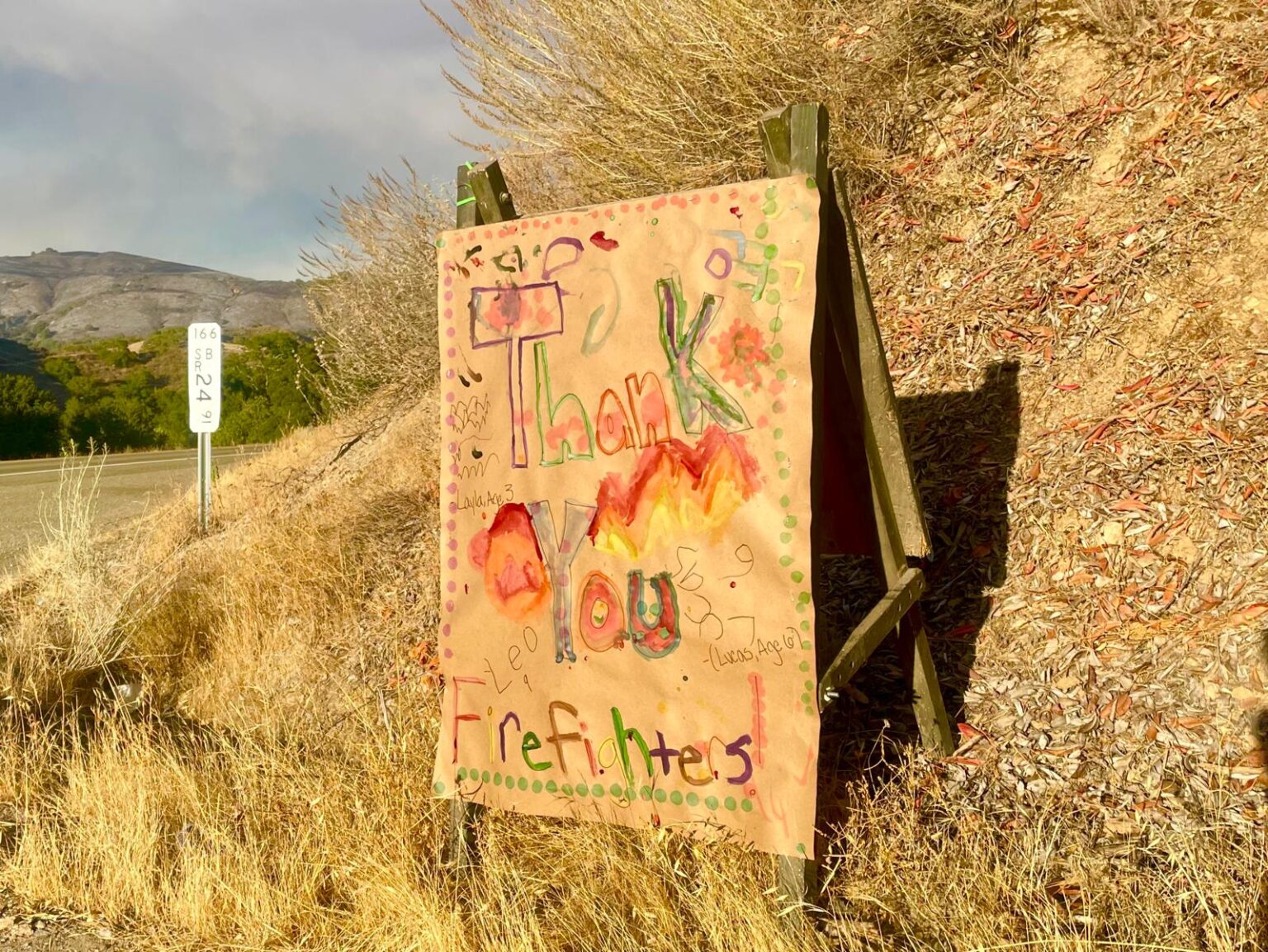
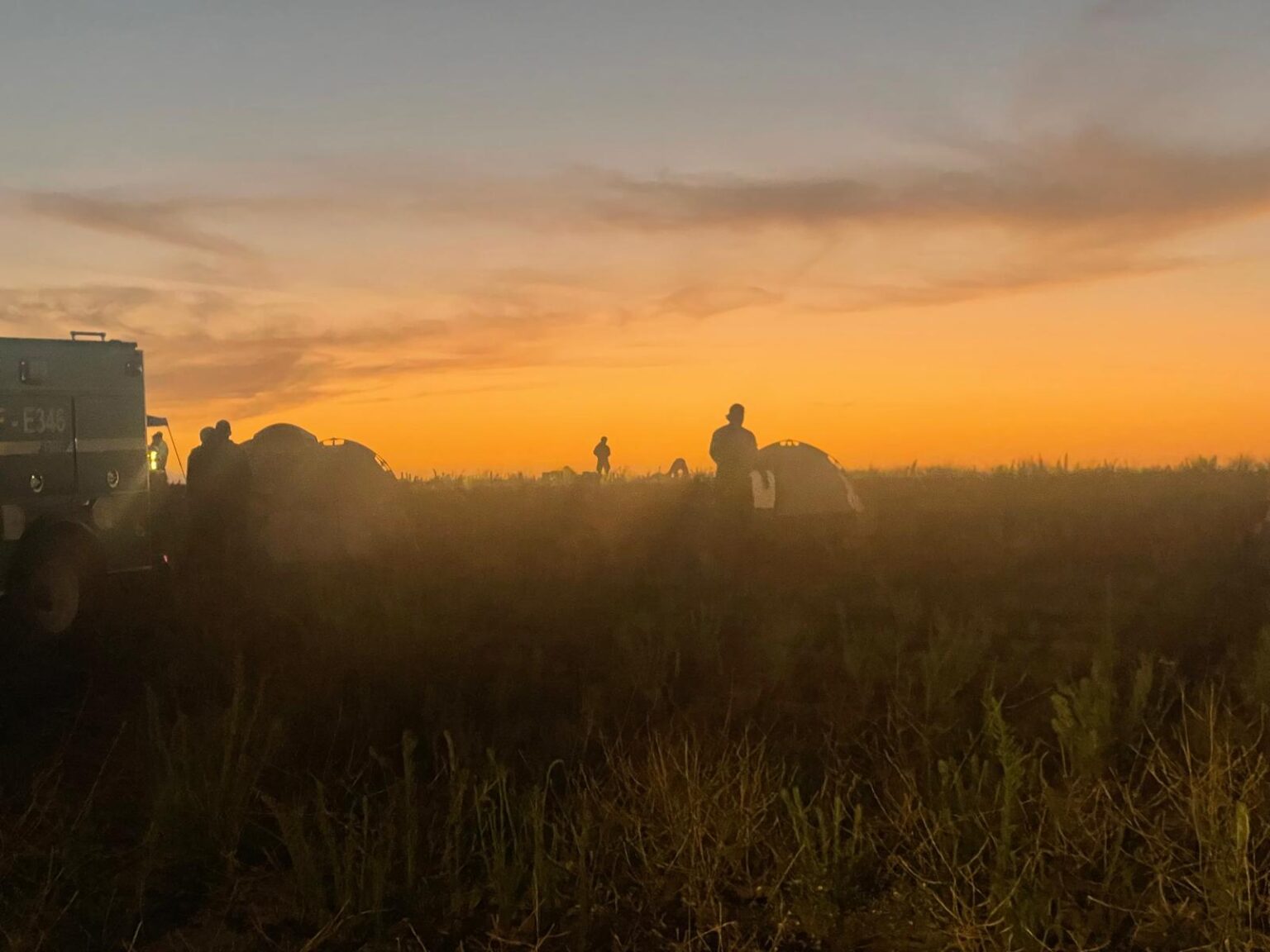
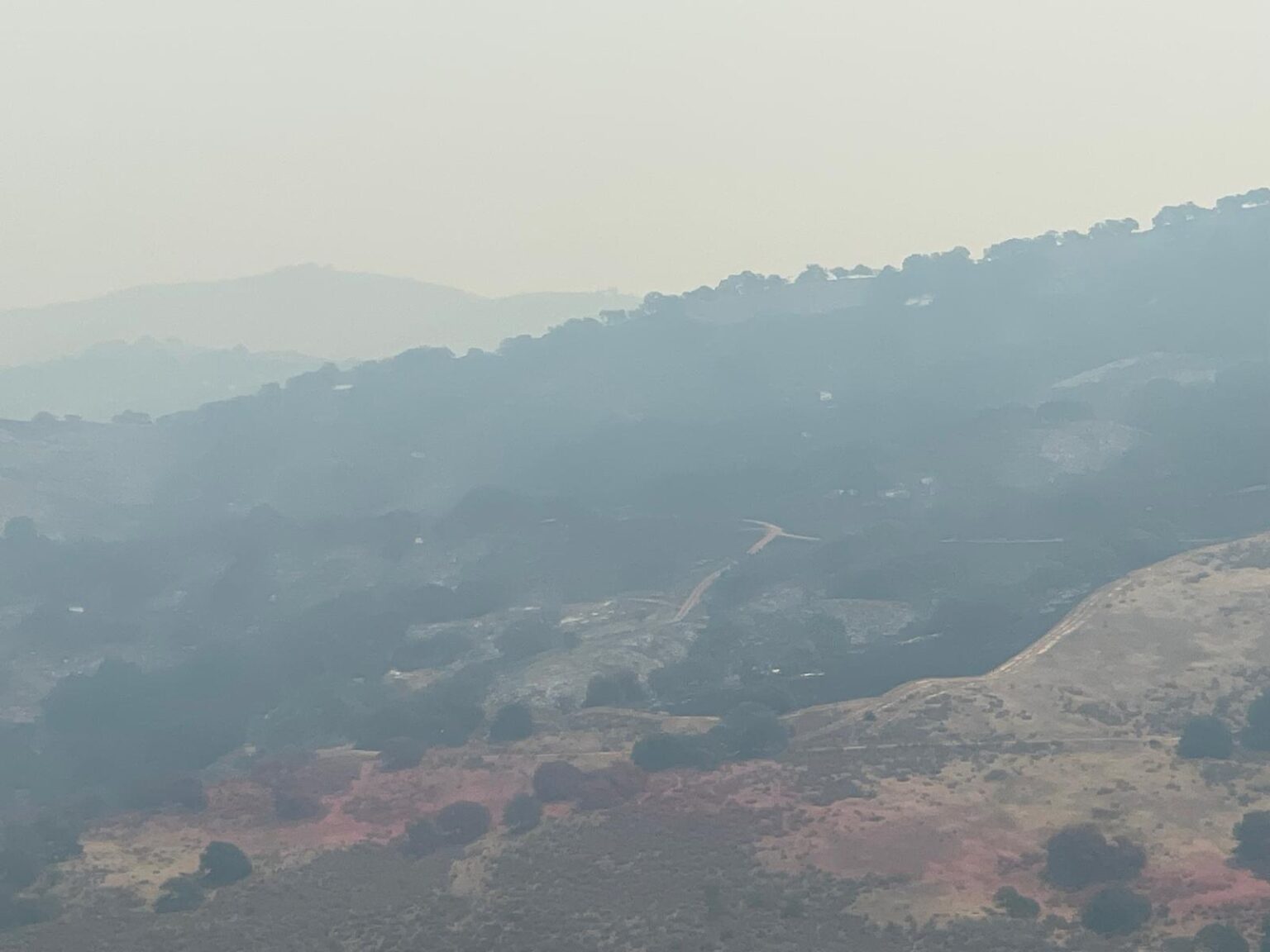
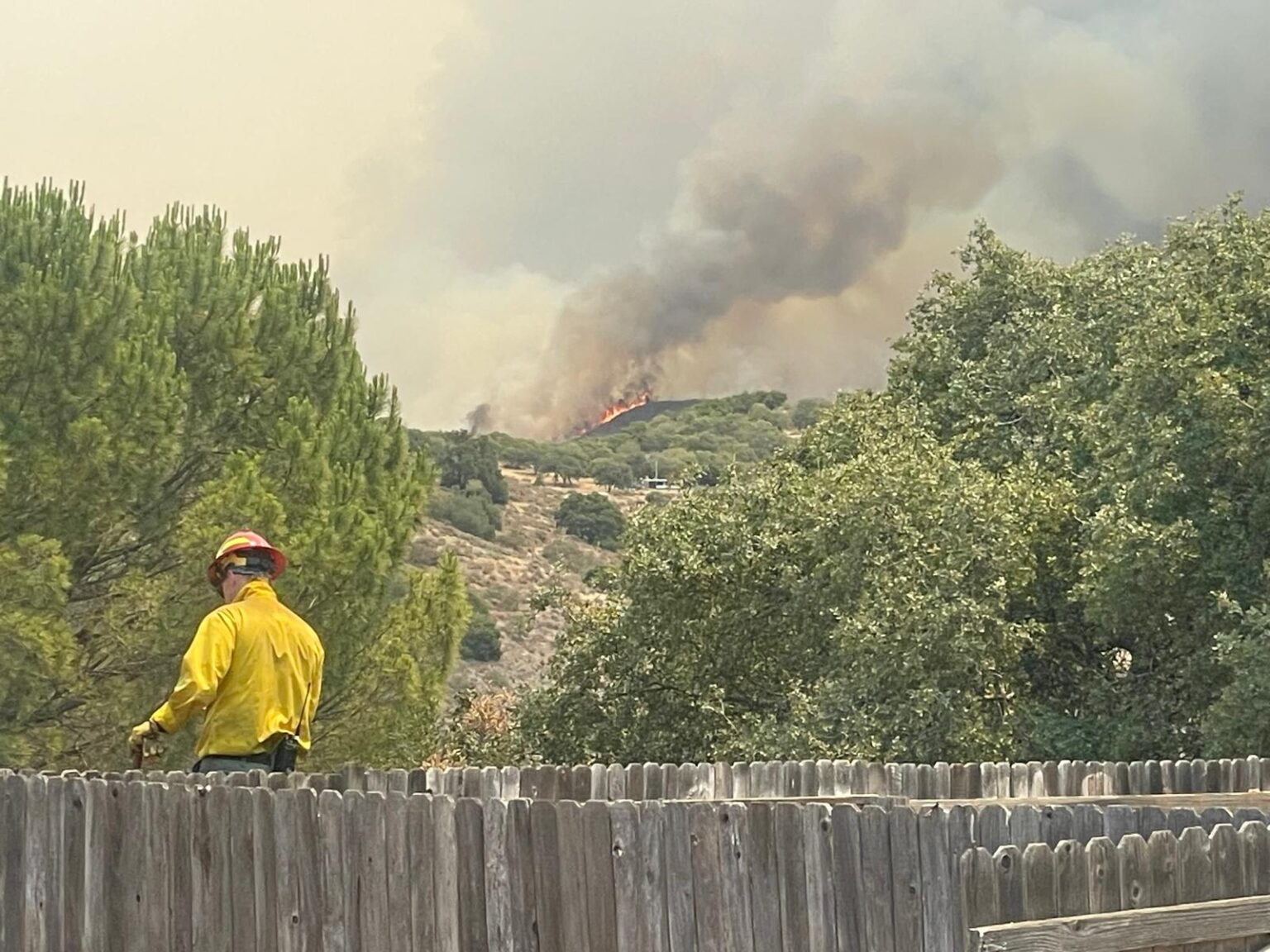
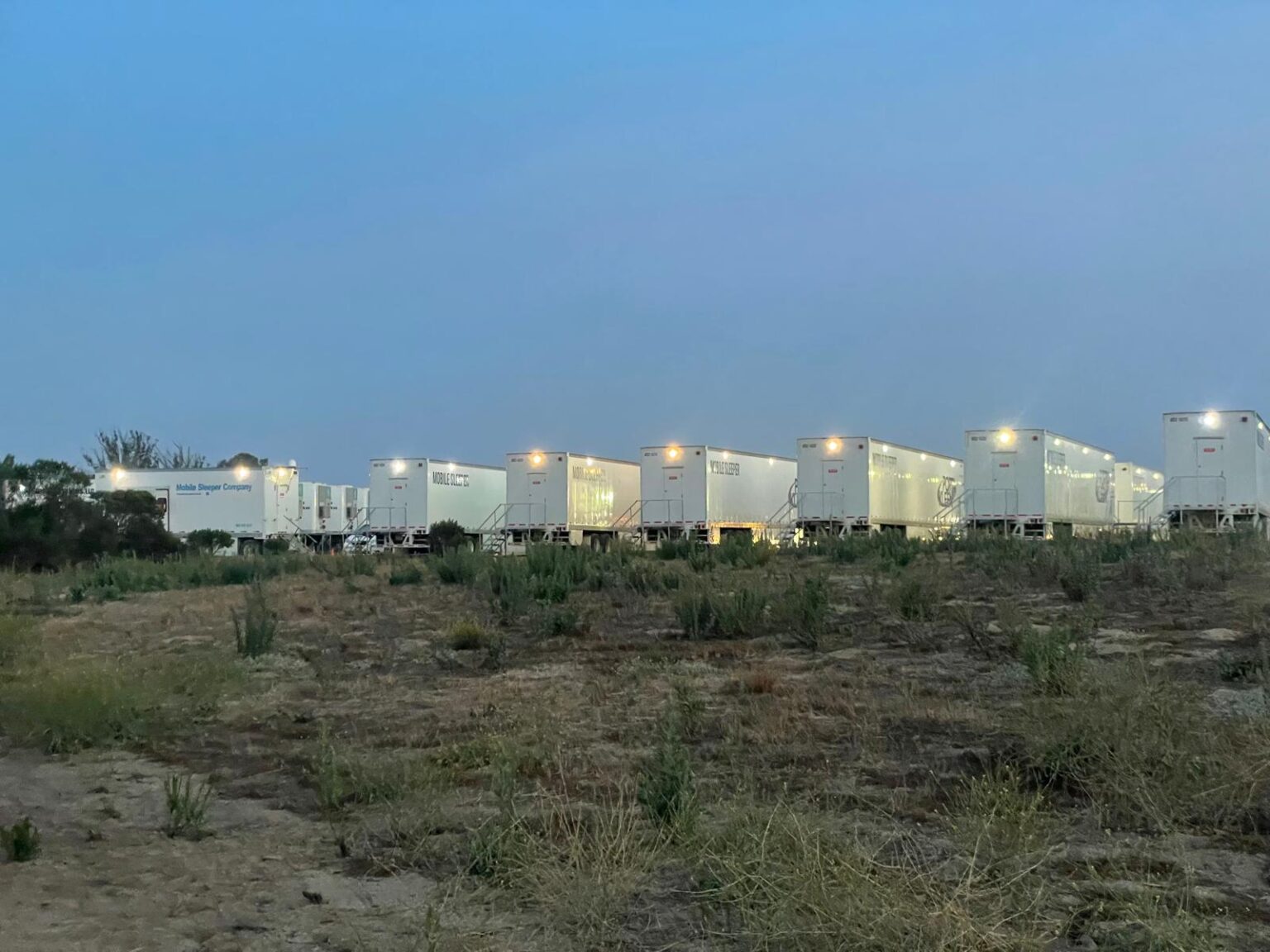
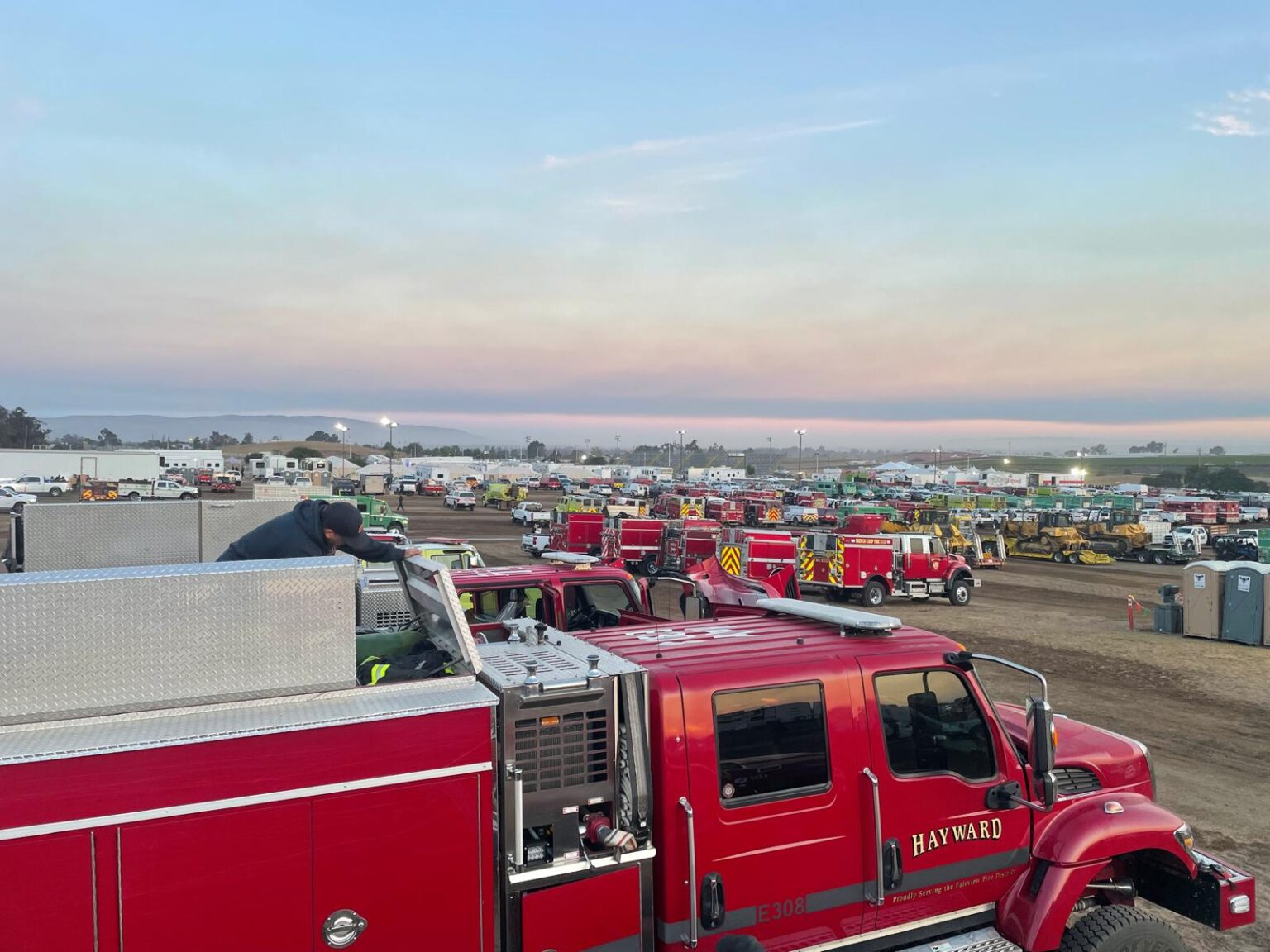
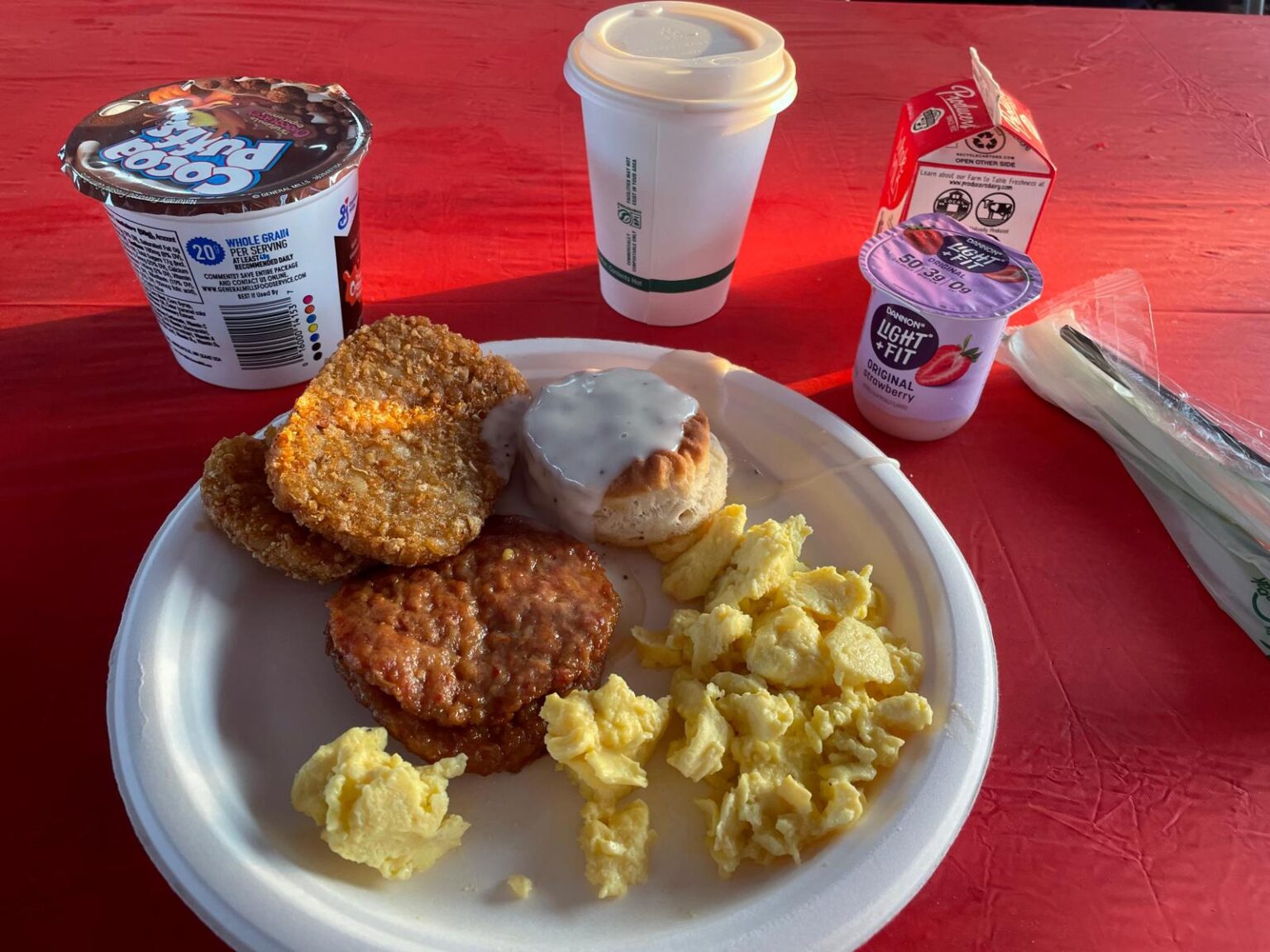
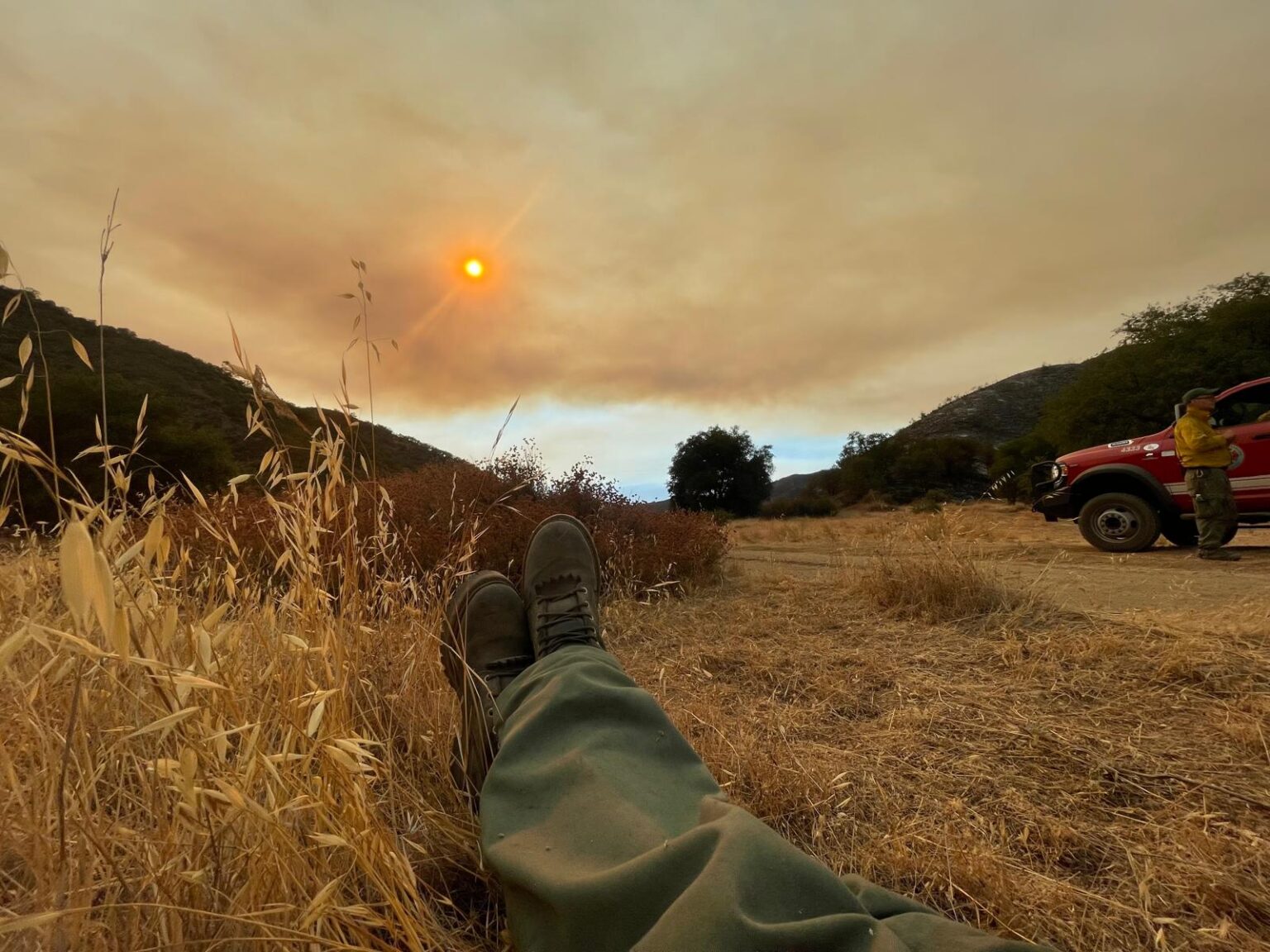
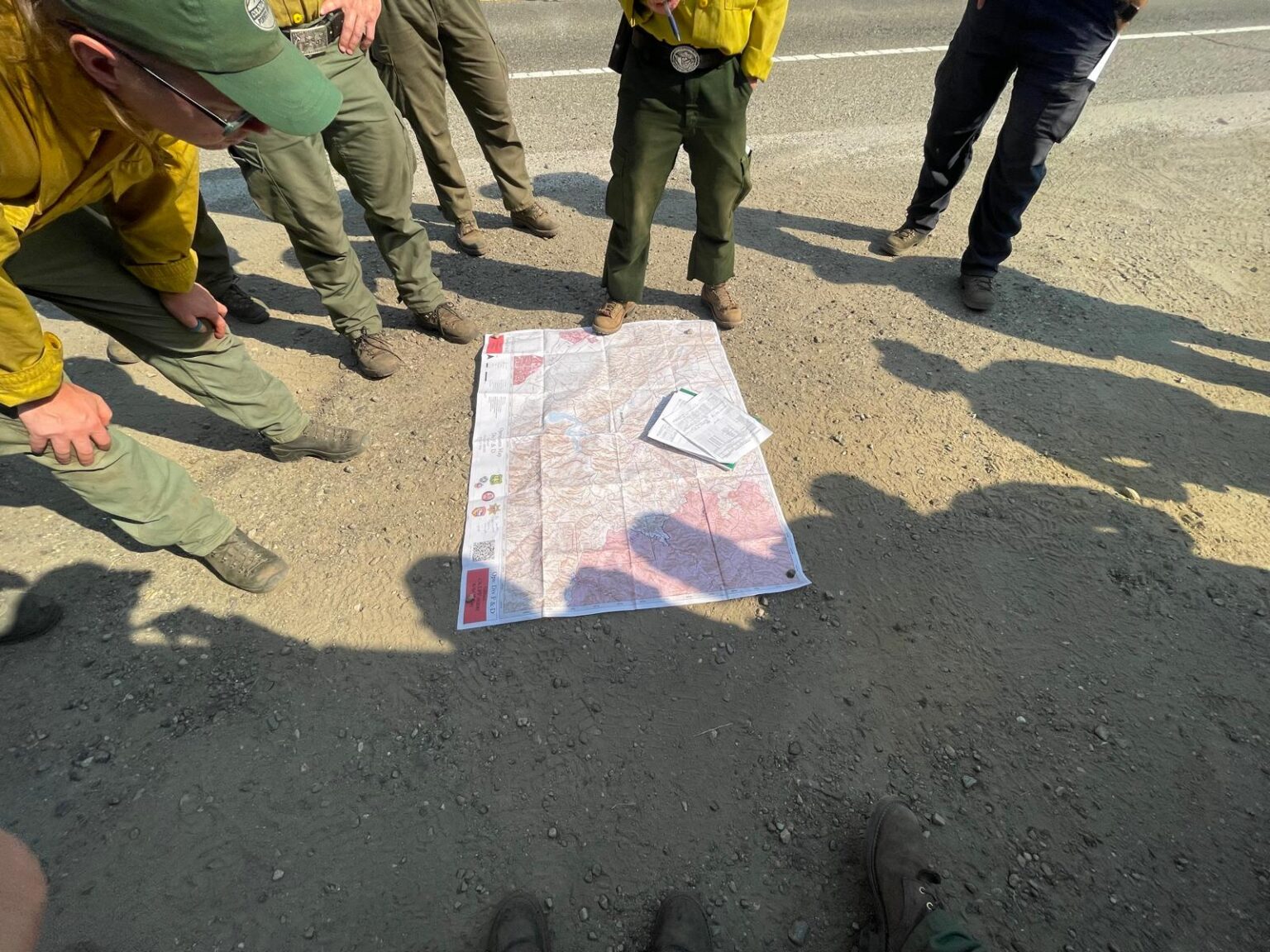
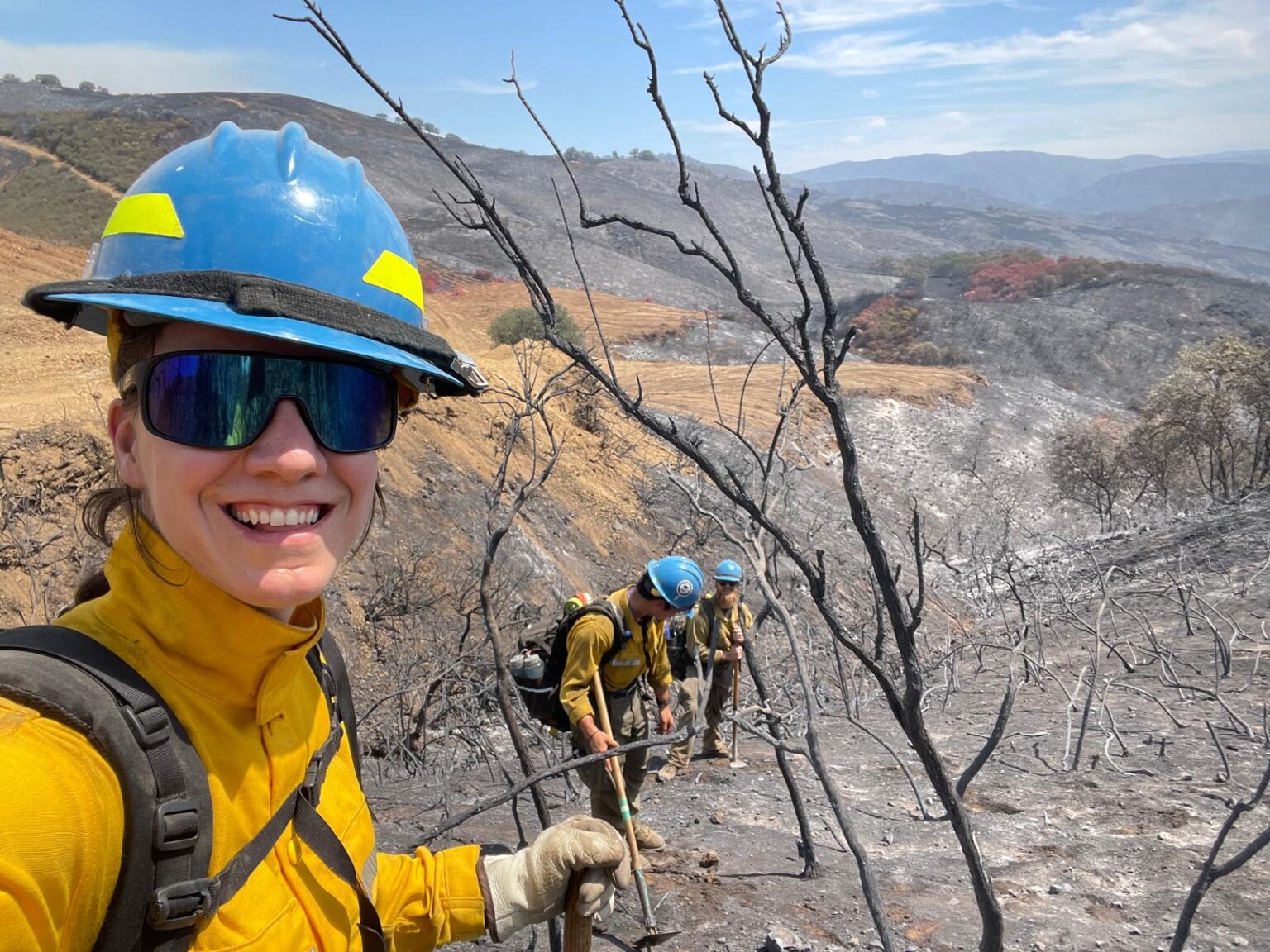
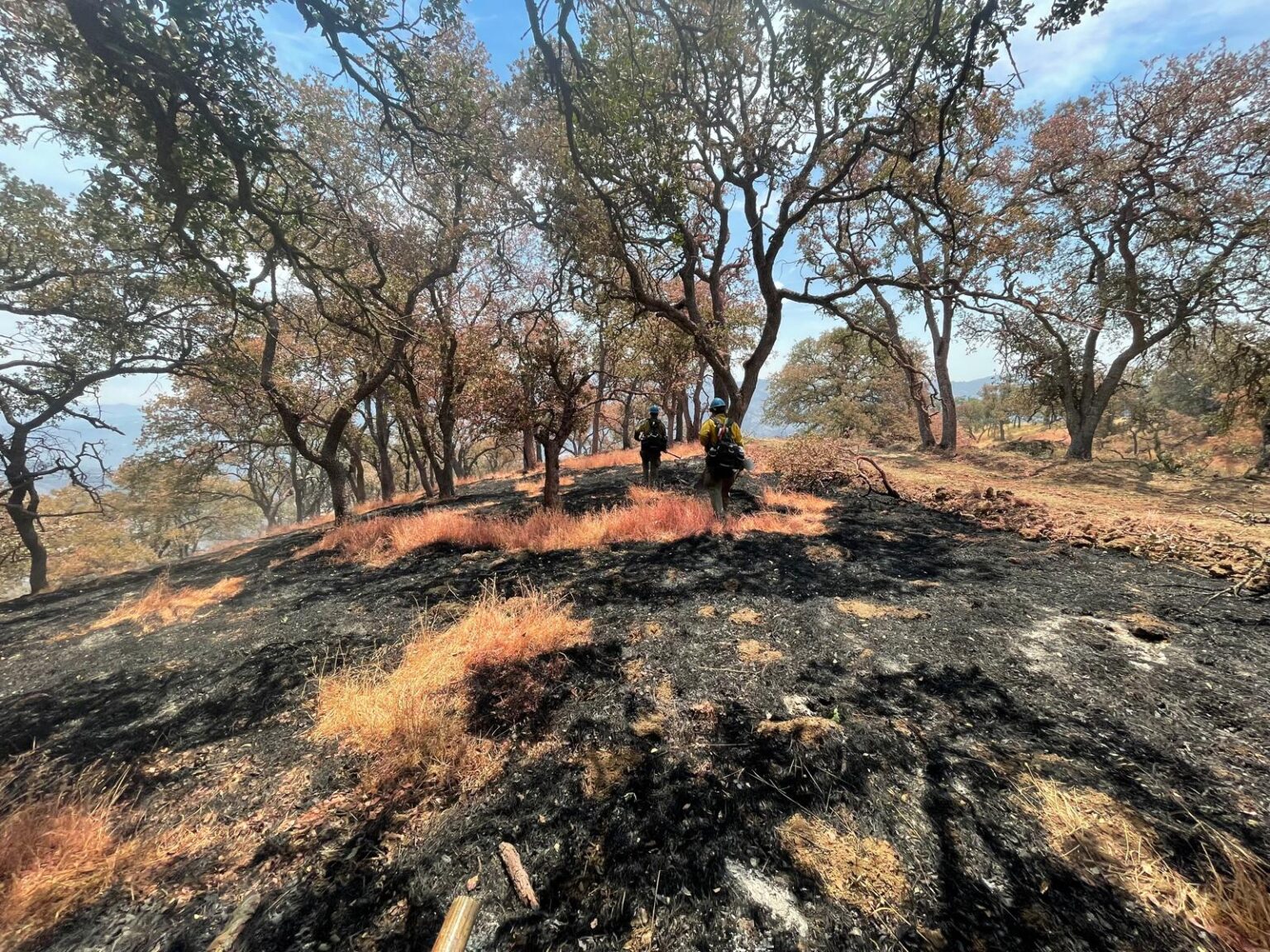
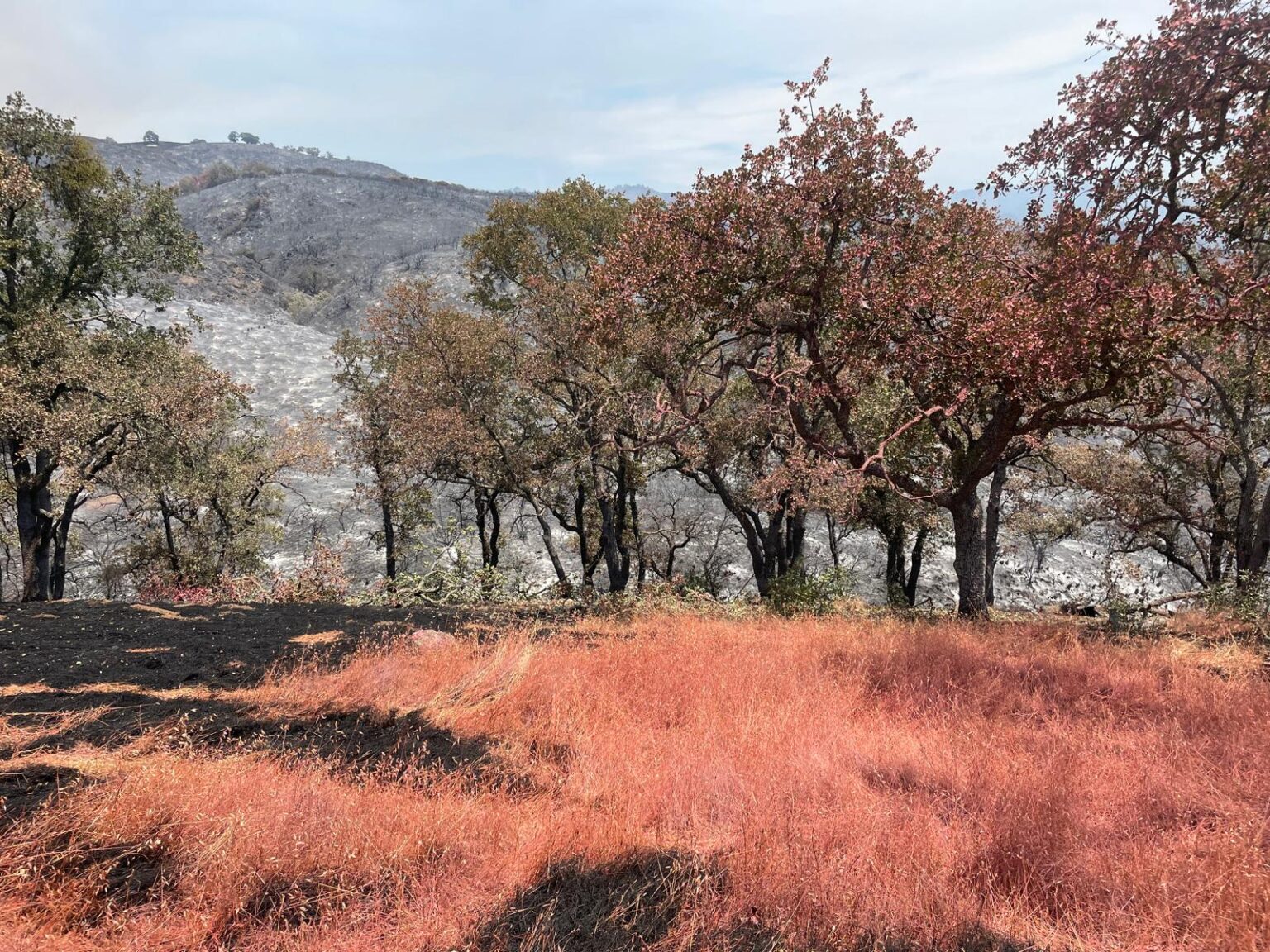
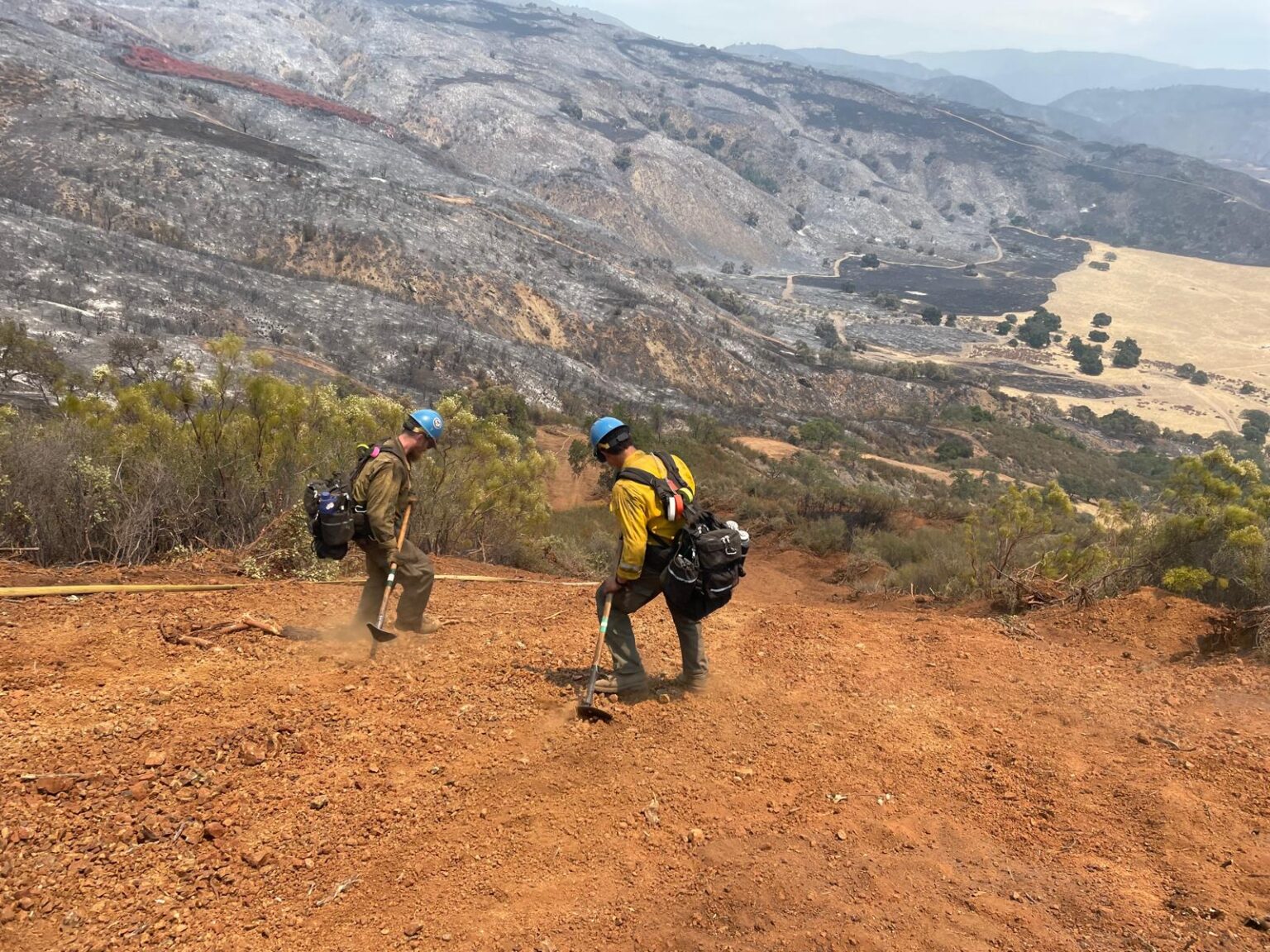
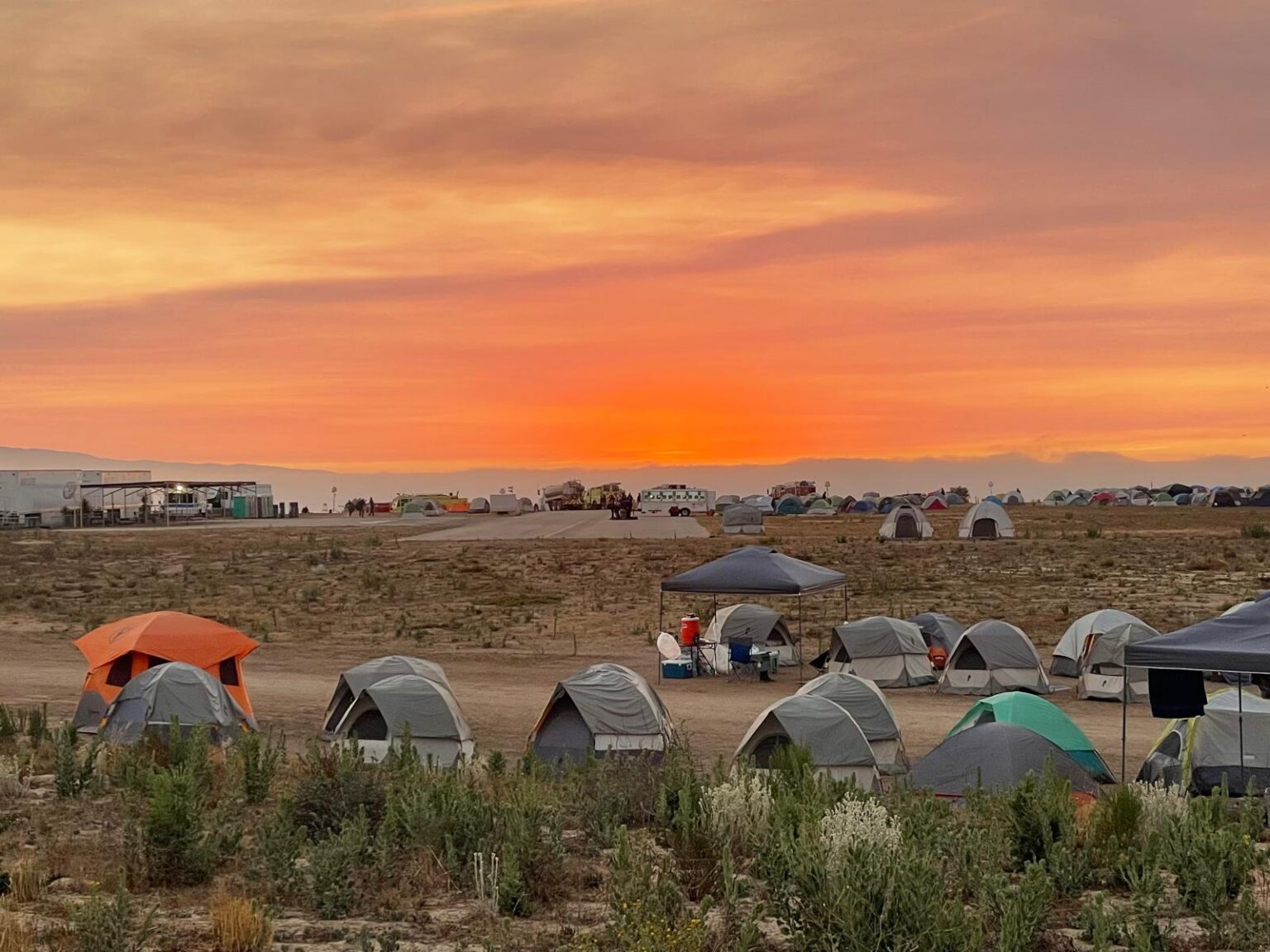
Fire behavior & coastal influence
Very different from Colorado. Diurnal winds were the driver—NE mornings, W afternoons, NE evenings—stacking with terrain funnels in drainages and saddles. Night RH recovery was high; we often exposed smoldering fuels near control lines to let overnight moisture finish them—tactics we rarely use back home. Terrain was rounder/softer, enabling extensive dozer line construction compared to our rocky districts.
Camp life
Hotel the first night (Aug 2–3), then base camp. A dusty rodeo arena became a full ICS base in ~24 hours—chow, showers, hand-wash, medical, fuel, cache, comms—scaled for ~3,000. 16-hour days with a 0700 briefing; build/strike tent daily as divisions shifted. Radios clean, red bags accessible, hydrate and move.
Takeaways
Coastal diurnals: plan for PM wind pushes; pace work to the next shift change.
Water is ops tempo: lock water shuttle early; keep dozer lines wet and honest.
LCES, always: especially with wind funnels and smoke shading.
Task-force ops: stay packaged, move fast, communicate cleanly with dozers/tenders.
Role: FFT2
Engine: Type 6
Ops focus: WUI, cold-trailing, mop-up, water shuttle, dozer-line support, property prep
Comms: BK Radio BKR-9000 on incident groups.
Gifford Fire — Official Incident Page
Live updates, maps, and official info from CAL FIRE.
View on CAL FIRE
